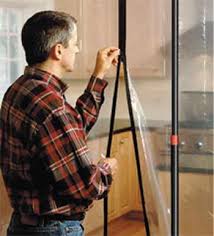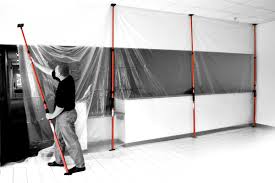
It is important to pick the right printer cover whilst giving contractor dust protection to your printing equipment from dust and moisture ravages. Significantly you’ll be able to do it right and maintain it clean if you extend its life. Your printer can be inclined to a shorter life if you do it wrong.
Is it right that you aren’t willing to acquire the most from the investment that you made on your printer?
I have listed 3 big errors committed by people whilst giving contractor dust protection to their printer and what they are instead supposed to do.
Failure to Do Anything

Well, this is the right point to begin. I have come across many people disbursing great amounts for high-end printers expensively just to put them down to totally expose them to the effects of moisture and dust that are devastating.
Instead what should be done?
You must immediately resolve to get a contractor dust protection cover (In case you fail to remember) and opt for one of the subsequent recommendations in this post.
Selecting the wrong kind of material

For dirt, a nylon or cotton cover is enough very well, but certainly will not be able to defend from water penetration. And the plastic covers that are of old fashion type may deliver strong chemical smell, containing numerous static with a brittle stiff feeling to it.
Instead what should be done?
Opt for a contractor dust protection cover of high quality made from contemporary EVA vinyl co-polymer. This material is water-resistant, anti-static and silky smooth touch wise hence moisture and dirt repel like drops of rain off from the back feathers of a duck. Even it is flexible incredibly and elastic at temperatures that are very low hence storage and folding is quite a simple chore.
Picking the wrong size
For your needs, on spec sheets, printer measurements shown are frequently wrong and perplexing. Sizes are inclusive of protruding trays, open paper drawers, or configured otherwise. Typically, printer owners order a fitting cover besides glancing at a spec sheet, with bad outcomes, predictably.
Instead what should be done?

Get the actual sizes in inches by obtaining a tape measure for the printer according to your configuration to get it covered. Whilst the cover is inducted, on the extension of the paper tray, it should be extendedly measured. Contrarily, get the measurements by folding the tray.
Measurements are inclusive of widths measured from left to right, heights to the top surface of the printer from the table, and finally depth from front to back.

In each dimension you must select a somewhat bigger cover size to assure you are able to obtain a good fit. Generally a good cover is elastic enough to enable some deviance from the regulation. As per the illustration, the cover width may be ½ inch less compared to the printer width, but if the depth of the cover is greater by one inch in comparison to the printer depth certainly the contractor dust protection cover will flex to fit it.









